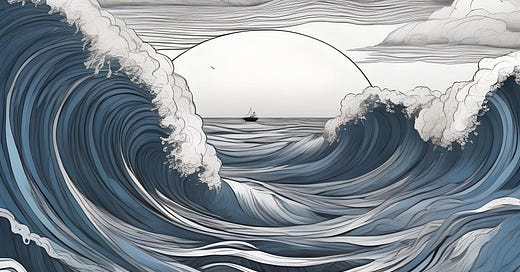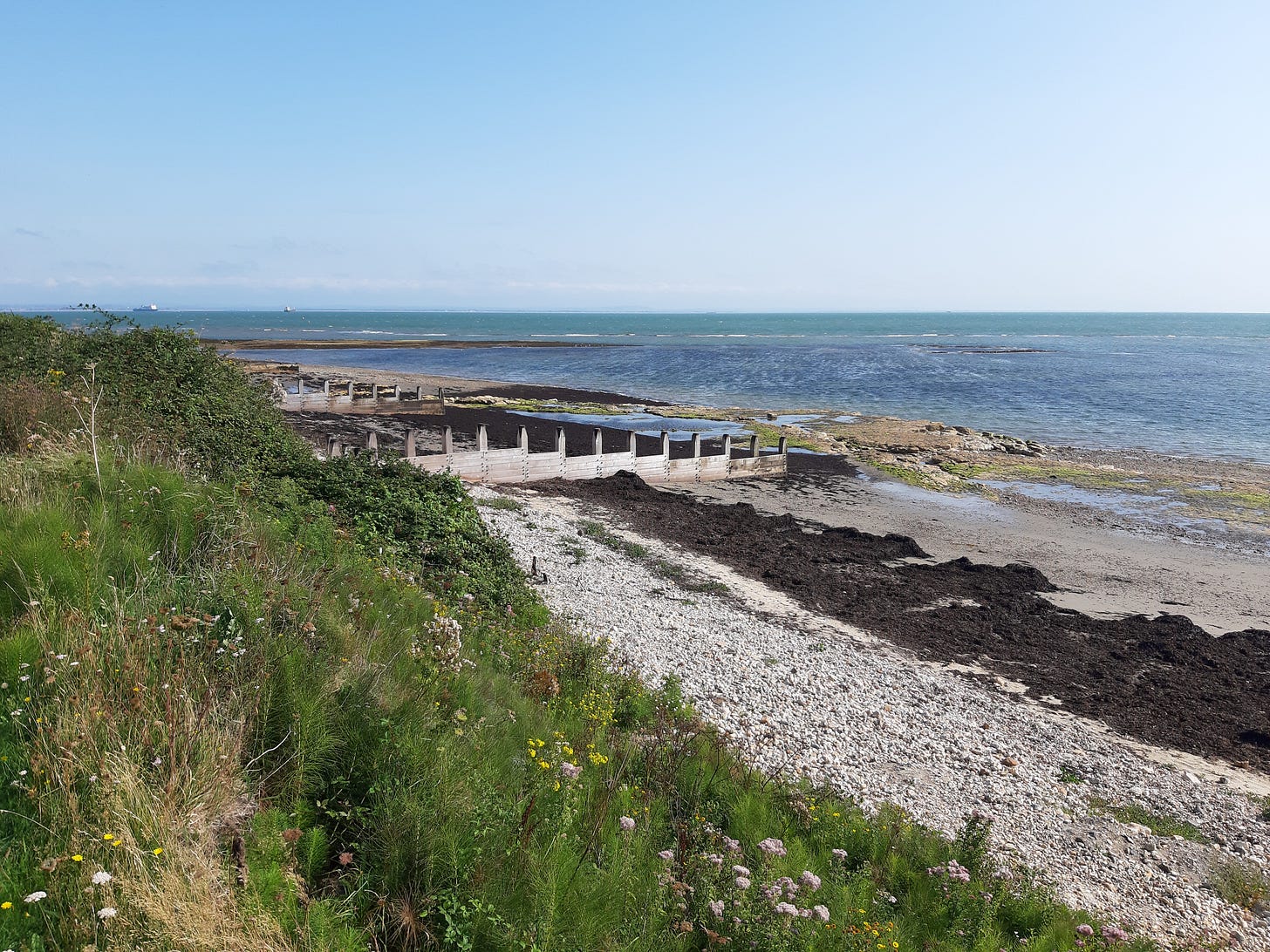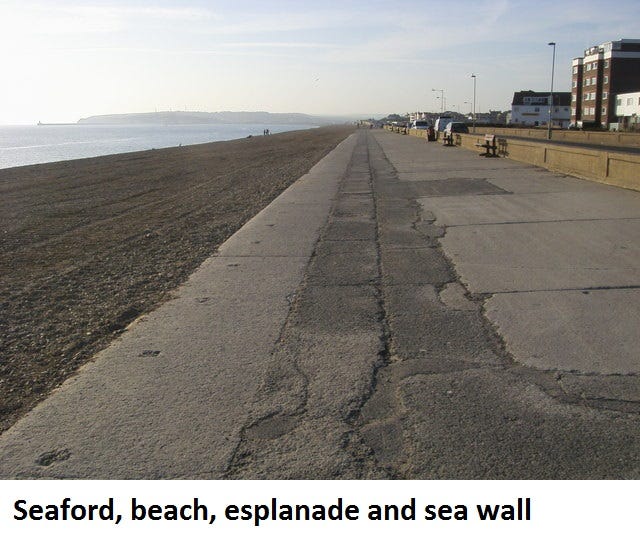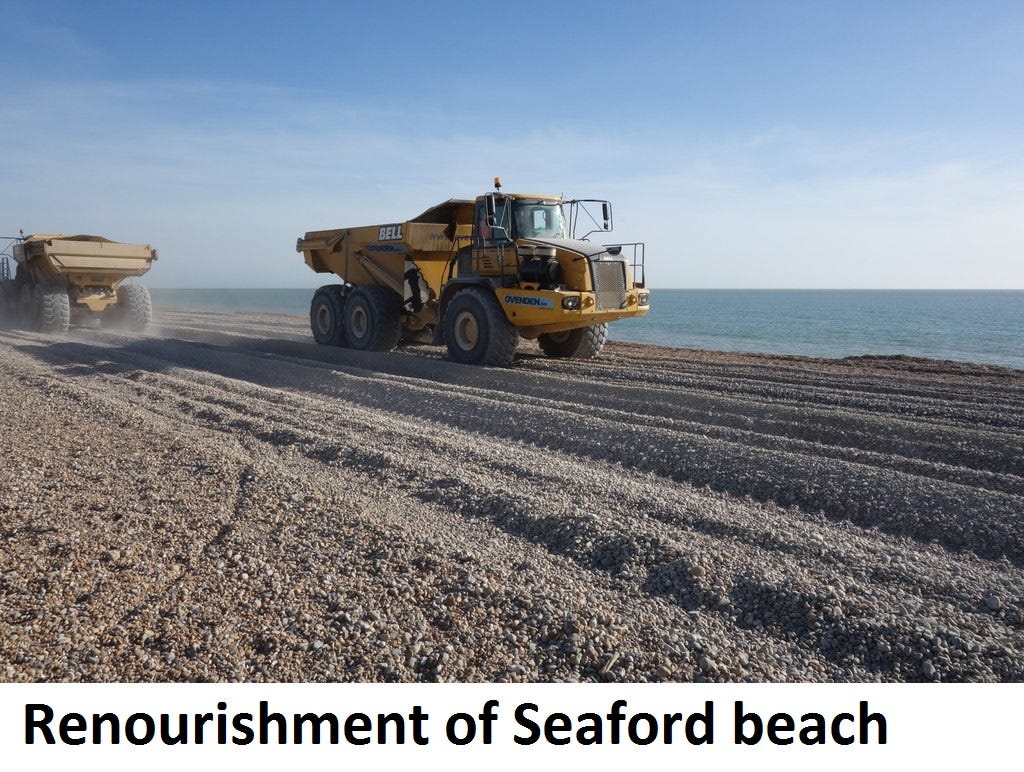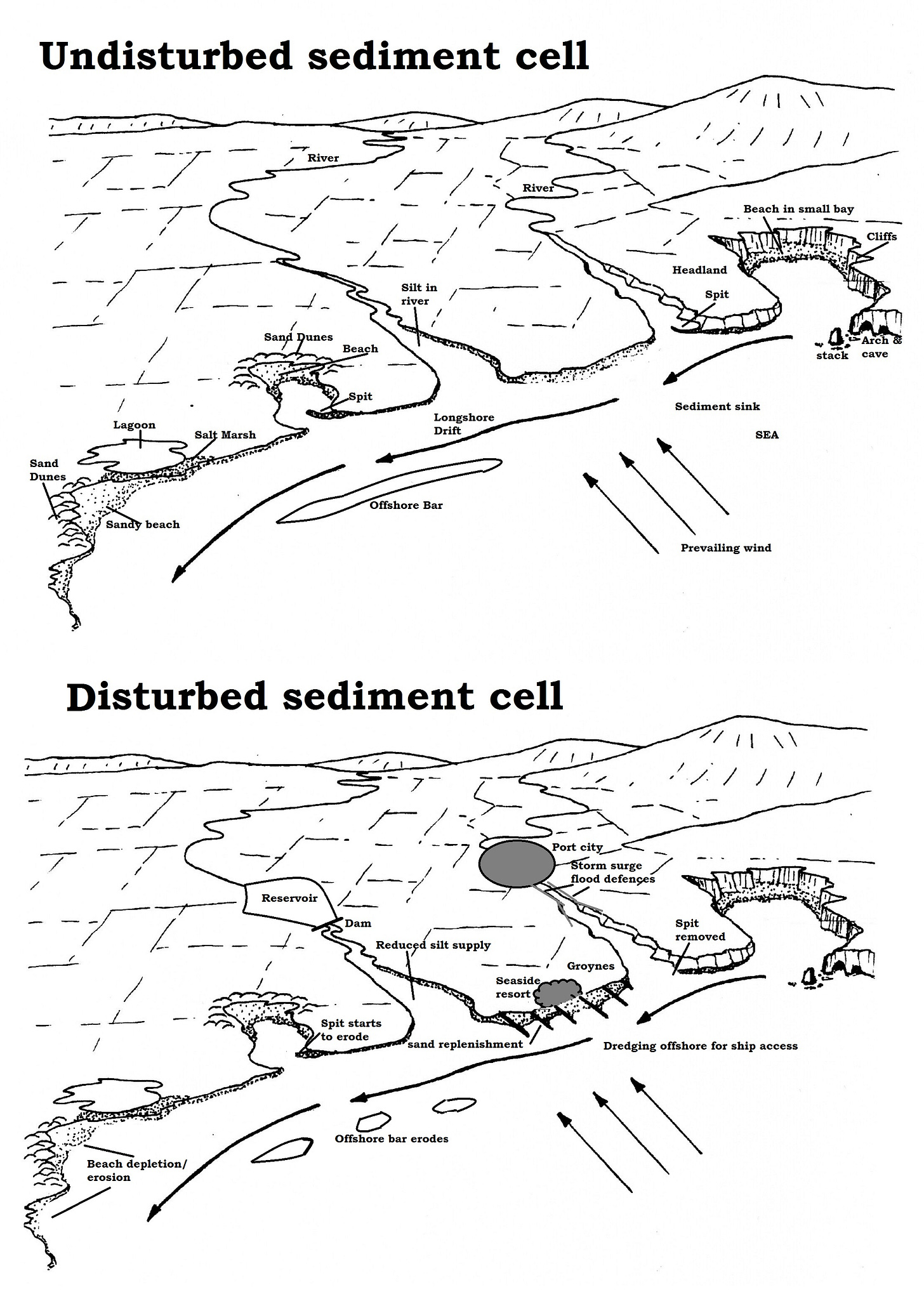Humanity has long grappled with the formidable power of nature, especially at the coastlines where land meets the ever-changing sea. Coastal communities, vulnerable to the whims of tides, storms, and erosion, have invested significantly in interventions aimed at mitigating these risks. However, the statement that "no amount of coastal intervention by people can halt the natural processes which continue to present serious risks to coastal communities" raises a crucial question: to what extent can human efforts effectively counter the relentless dynamics of coastal environments?
Coastal Processes and Their Impacts
Coastlines are dynamic environments shaped by a range of natural processes. Waves play a crucial role in coastal dynamics, with constructive waves building up beaches and destructive waves eroding them. Prevailing currents, driven by the wind, also influence coastal morphology, and the wind itself, connected to the concept of fetch, determines wave energy and direction.
Erosional processes such as abrasion, attrition, hydraulic action, and solution significantly impact coastal landscapes. These processes carve out distinct landforms like cliffs, arches, and stacks. For instance, abrasion grinds down rock surfaces with sediment-laden waves, while hydraulic action exploits weaknesses in rock, leading to structural collapse.
Transportation processes, including traction, saltation, solution, and suspension, move sediment along coastlines. Longshore drift, a key mechanism, transports sediment parallel to the shore, shaping coastal features. Wave action drives this sediment movement, continually reshaping the coastline.
Deposition occurs when energy levels decrease, leading to the accumulation of sediment and the formation of landforms such as beaches, dunes, spits, and bars. These depositional features are crucial for coastal stability and biodiversity.
The Challenges of Coastal Management
Coastal areas are dynamic environments shaped by natural processes such as wave action, tidal currents, and sediment transport. These processes are exacerbated by climate change, which intensifies storms, raises sea levels, and alters weather patterns. Coastal erosion, flooding, and habitat loss are escalating challenges that threaten human settlements and natural ecosystems alike.
Human interventions, ranging from hard engineering solutions like seawalls and groynes to softer approaches such as beach nourishment and dune restoration, aim to protect coastlines and manage these risks. However, the efficacy and sustainability of these measures are subjects of intense debate.
Groynes on Bembridge beach, Isle of Wight
Energy Environments and Coastal Management
Coastal environments vary in energy levels, influencing the predominance of erosional or depositional processes. High-energy environments, characterized by strong wave action and currents, typically experience significant erosion and are more prone to flooding. In contrast, low-energy environments are more likely to accumulate sediment and develop extensive depositional landforms.
Coastal management strategies aim to mitigate the risks posed by these natural processes. Hard engineering solutions, such as seawalls and groynes, provide immediate protection but can lead to long-term issues like increased erosion elsewhere. Soft engineering approaches, including beach nourishment and dune restoration, work more harmoniously with natural processes but require ongoing maintenance.
Managed retreat is another strategy, allowing certain areas to erode and flood naturally, which can be a cost-effective and sustainable approach in some contexts. The potential impacts of sea level rise and climate change necessitate adaptive management strategies that balance protection with environmental considerations.
Hard Engineering: Temporary Fixes or Long-term Solutions?
Hard engineering structures are designed to provide immediate and robust protection against coastal hazards. Seawalls, for example, are built to shield property and infrastructure from wave action and storm surges. While they can be effective in the short term, these structures often lead to unintended consequences. Seawalls can exacerbate erosion downstream by disrupting natural sediment transport, leading to the degradation of adjacent beaches and habitats. Additionally, the high costs of construction and maintenance, coupled with their finite lifespan, make seawalls a contentious long-term solution.
Groynes, another common intervention, are built perpendicular to the shore to trap sand and prevent longshore drift. While they can stabilize specific sections of the coast, they often result in sediment starvation and increased erosion further along the coast. This "rob Peter to pay Paul" approach highlights the limitations of hard engineering in addressing the broader dynamics of coastal systems.
Soft Engineering: Working with Nature
Soft engineering methods aim to work in harmony with natural processes rather than against them. Beach nourishment involves the addition of sand to eroded beaches, providing a buffer against wave action while maintaining the natural appearance and recreational value of the coast. While effective in the short term, beach nourishment requires ongoing replenishment as the added sand is eventually washed away.
Dune restoration, another soft engineering approach, involves the stabilization and restoration of sand dunes through vegetation planting and other techniques. Healthy dunes act as natural barriers against storm surges and erosion. However, these measures require significant maintenance and protection from human activities such as trampling and development.
The Role of Climate Change
Climate change compounds the challenges of coastal management. Rising sea levels increase the frequency and severity of coastal flooding, while more intense storms accelerate erosion and damage infrastructure. Interventions that may have been effective under past conditions are increasingly strained under the new realities imposed by climate change.
Examples of coastal management
Some coastlines are coping relatively well with the challenges posed by natural processes. Estuaries such as the Thames, which have seen considerable financial investment in flood and erosion defense schemes, are well protected against these natural threats. This significant investment demonstrates how effective management and resources can mitigate the risks associated with coastal processes.
In the UK, the Holderness Coastline serves as a stark example of areas at high risk. Here, isostatic changes combine with a eustatic rise in sea level, creating significant threats of flooding and erosion. The local geology exacerbates the issue, as the easily eroded rocks contribute to the coastline's vulnerability. Additionally, the proximity of inhabited areas to sea level, often just a few meters above, heightens the risk.
Debates around the value of intervention often focus on the financial challenges of defending coastal locations. In an era of scarce resources, policy dilemmas arise regarding the cost and feasibility of options such as managed retreat. Intervening in natural processes, particularly through hard engineering, can cause "knock-on effects," such as interference in sediment cells leading to issues in unmanaged areas.
Globally, locations such as Kiribati face existential threats from sea level rise. With an average highest elevation of just 1.8 meters above sea level, the very existence of these islands is at risk. While some argue that mitigation efforts can minimize the impacts of climate change, actions such as foreign-funded hard and soft engineering strategies, including mangrove development, are often seen as futile against the overwhelming forces of nature.
Integrated Coastal Zone Management (ICZM)
Recognising the limitations of both hard and soft engineering approaches, many experts advocate for Integrated Coastal Zone Management (ICZM). ICZM is a holistic approach that considers the interconnectedness of coastal systems, integrating environmental, social, and economic factors to develop sustainable management strategies. This approach emphasizes the importance of adaptive management, stakeholder involvement, and the preservation of natural coastal processes.
Conclusion
While human interventions can mitigate some risks associated with coastal hazards, they cannot entirely halt the natural processes that shape our coastlines. Hard engineering solutions often provide temporary relief at the expense of long-term sustainability, while soft engineering approaches, though more harmonious with nature, require continuous effort and adaptation. The growing impact of climate change underscores the need for adaptive and integrated management strategies that acknowledge the limits of human intervention and the inexorable power of natural processes.
Thus, while we can influence and manage coastal risks to a certain extent, the notion that we can completely control or halt these natural processes is overly optimistic. A balanced, adaptive approach that works with nature, rather than against it, offers the most promising path forward for the resilience of coastal communities.
Coastal management is poised to become an increasingly challenging issue for governments worldwide. Human-induced climate change and the scarcity of financial resources complicate decisions about protection and investment, especially in low-income countries (LICs). For places like Kiribati, viable futures seem bleak if climate models and expected sea level changes materialise. Conversely, countries like the Netherlands have managed to combat natural processes through massive financial investment and technological advancement. This disparity highlights that the nations most vulnerable to climate change-induced sea level rise and severe coastal processes are often those that have contributed the least to the causes, while wealthier nations, which pollute more on a per capita basis, are better equipped to manage these challenges.
References
"Coastal Erosion: Its Causes, Effects, and Distribution," The Geography of Transport Systems.
"Seawalls," Coastal Wiki, Flanders Marine Institute.
"Groynes," Encyclopædia Britannica.
"Beach Nourishment: Theory and Practice," Coastal Engineering Manual.
"Dune Management," National Oceanic and Atmospheric Administration (NOAA).
"Climate Change and Sea Level Rise," Intergovernmental Panel on Climate Change (IPCC).
"Integrated Coastal Zone Management (ICZM)," European Environment Agency (EEA).
“Physical Geography” Ritchie Cunningham 2021


